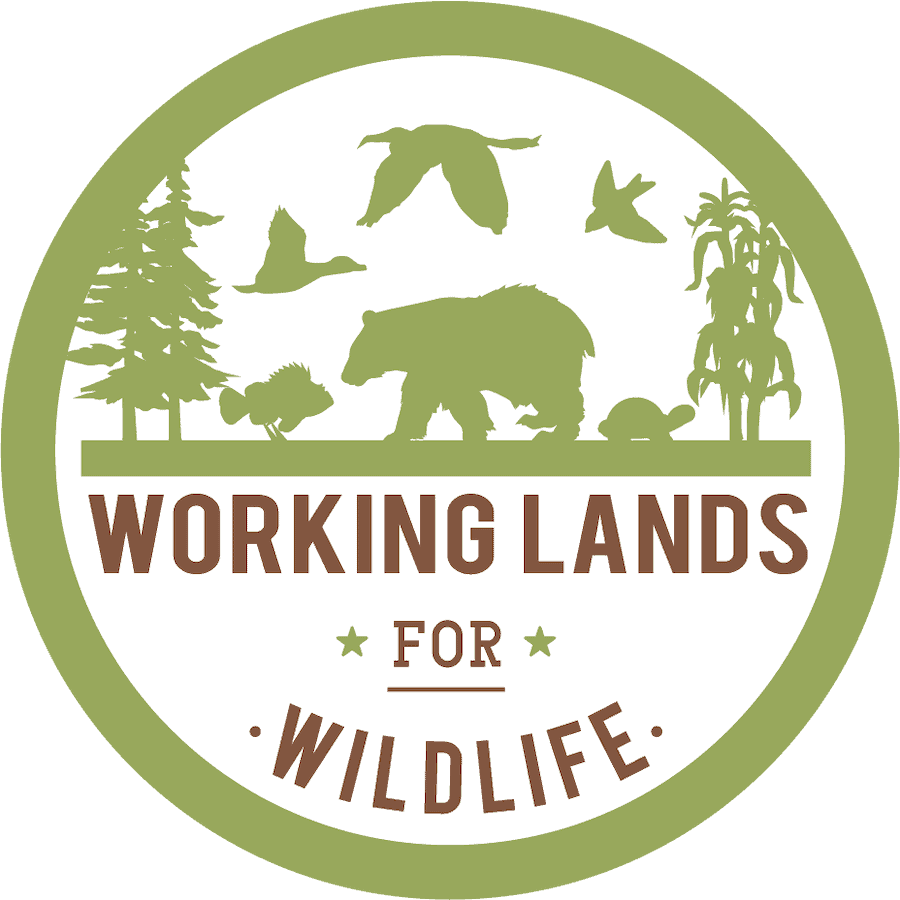WLFW West Newsletter August 2024
Grazing and Grazers Support Pollinators' Critical Role in Ecology
GRAZED PASTURES HOST TWO TO THREE TIMES AS MANY NATIVE BEES AS NON-GRAZED PASTURES
While most people are familiar with the classic European honey beehives, most native bee species in western rangelands excavate nests under small patches of bare ground, where they raise their young. In fact, bare ground is a habitat requirement for 70% of these solitary ground-nesting bees.
New WLFW-supported research explored how grazing impacts these, and other, critical pollinators, including the supportive role grazing animals like cattle have on maintaining reproductive habitat for ground-nesting bees.
Pollination is critical to the world's food supplies. Across the globe, up to $550 billion worth of food supplies rely on pollination and more than 80% of economically important crops are pollinated by insects. Flowering plants that don't produce food for humans also rely on pollination, and many of those plants provide food for animals that humans eat. In addition to their critical role in pollination, pollinators also serve as food for imperiled grassland songbirds, game birds, and even megafauna like grizzly bears.
Unfortunately, several factors are impacting global pollinator populations, including habitat loss due to development and conversion of native landscapes to row-crop agriculture, toxicity to pesticides, disease, and a changing climate.
Native bees (hereafter 'bees') are the primary pollinators in rangeland ecosystems, which cover one-quarter of the earth's surface and support half of global livestock production. In the continental U.S., rangelands cover 35% of the land area and contribute food, fiber, carbon storage, and other ecosystem services that benefit the entire nation.






















